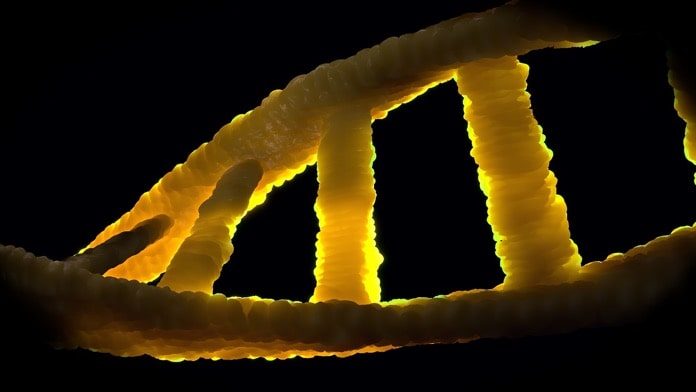Joubert syndrome is commonly caused by a genetic mutation that leads to chronic kidney failure with no known cures. Researchers are investigating if Joubert syndrome can be treated using gene editing technologies.
Joubert syndrome is a degenerative disease that leads to chronic kidney disease and eventual failure. It is typically caused by a genetic mutation, of which the most common is the CEP290 gene mutation. This gene mutation leads to abnormal cell development that can affect a wide range of organs including the kidneys.
No cure available for Joubert syndrome
Since no cure is available for Joubert syndrome, most patients are forced to treat their chronic kidney disease with dialysis or obtain a kidney transplant. However, in a recent publication in the journal PNAS, researchers have devised a gene editing method to treat Joubert disease.
The researchers focused their efforts on the CEP290 gene mutation which has been shown to cause abnormal gene processing leading to Joubert disease. Using gene editing technologies, the researchers have created a small piece of DNA to mask the mutation from normal cell processing.
Effectively, the researchers have devised a molecular “blanket” which covers the mutation of the gene from being detected by the cell. Though the mutation is still present, the cell is unable to “see” the mutation and expresses the CEP290 gene normally.
Researchers test new gene editing technology
In this study, the researchers tested their gene editing technology by using kidney cells from a 14-year-old boy suffering from Joubert disease. Normally, Joubert syndrome causes cells to create abnormally long fibers from the surface of the cell called cilia.
When researchers treated the 14-year-old boy’s kidney cells with their gene editing technology, the cilia shrunk to normal sizes, suggesting their gene editing technology was successfully able to treat Joubert syndrome.
To test their gene editing technology further, the researchers applied what they have learned to treat mice with Joubert syndrome. Similar to their results in the boy, the researchers found that genetically editing Joubert syndrome mice was able to reduce the size of cell cilia by up to 50%. Additionally, mice treated with the gene editing technology showed up to a 37% improvement in kidney health, suggesting gene editing may be a viable technology to treat patients with Joubert syndrome.
Hopeful results for viable treatments
Joubert syndrome is commonly caused by a genetic mutation which leads to chronic kidney failure with no known cures. Researchers investigating gene editing technologies have found that they could trick cells with Joubert syndrome to bypass their genetic mutation to reduce kidney degeneration. While the researchers have yet to test if this will work on patients, this study provides hope that a viable treatment to reduce Joubert syndrome symptoms is in the near future.
Written by Aaron Kwong, MSc
Reference: Ramsbottom, S. A., Molinari, E., Srivastava, S., Silberman, F. & Henry, C. Targeted exon skipping of a CEP290 mutation rescues Joubert syndrome phenotypes in vitro and in a murine model. 1–6 (2018). doi:10.1073/pnas.1809432115



